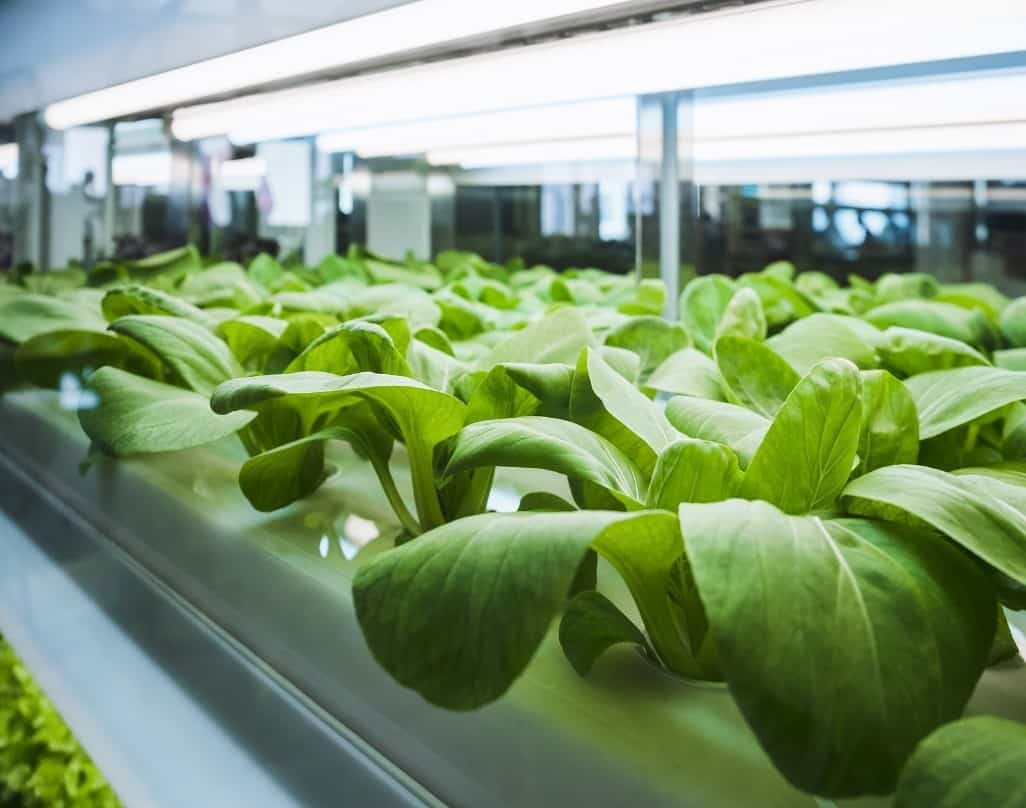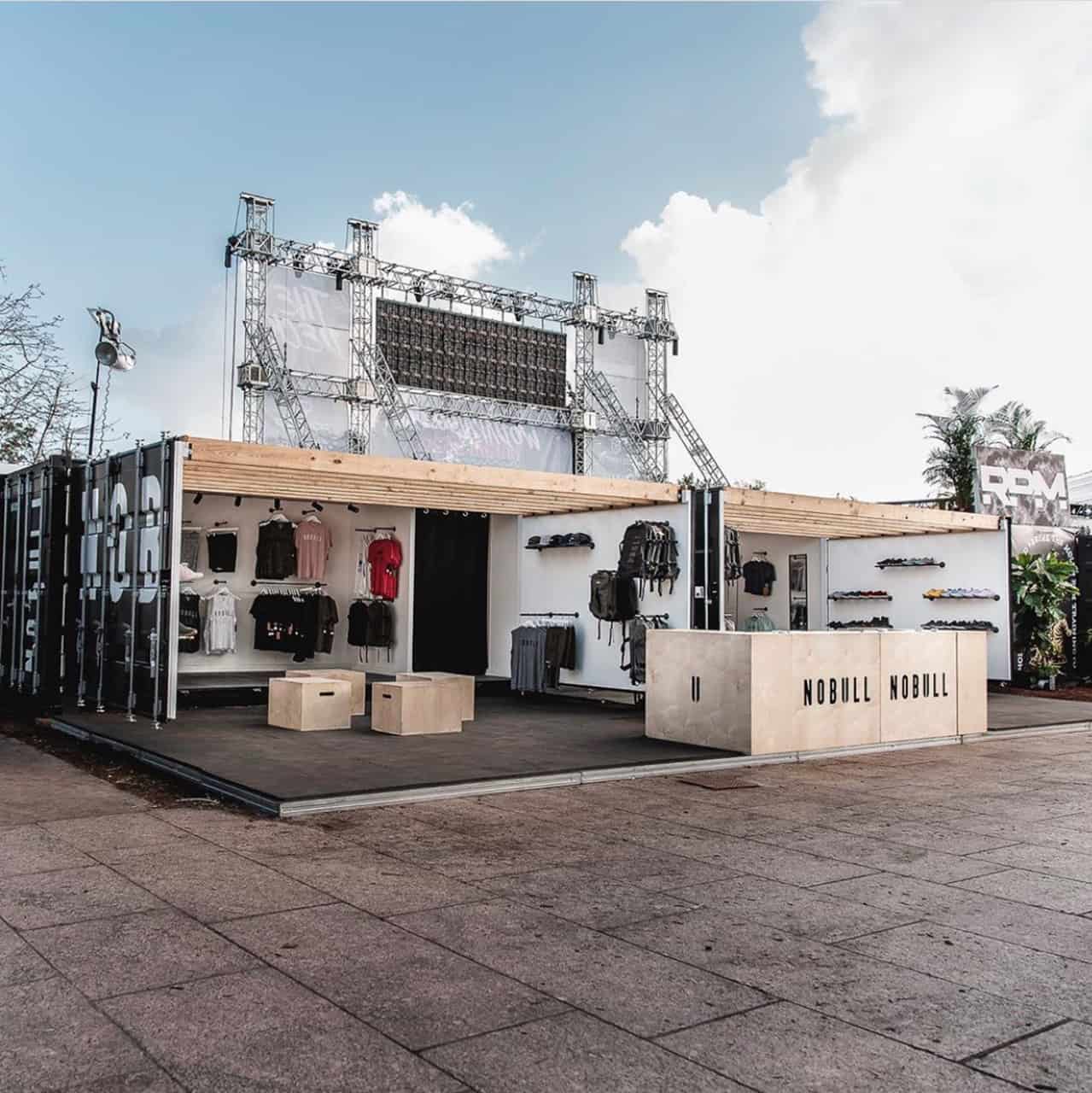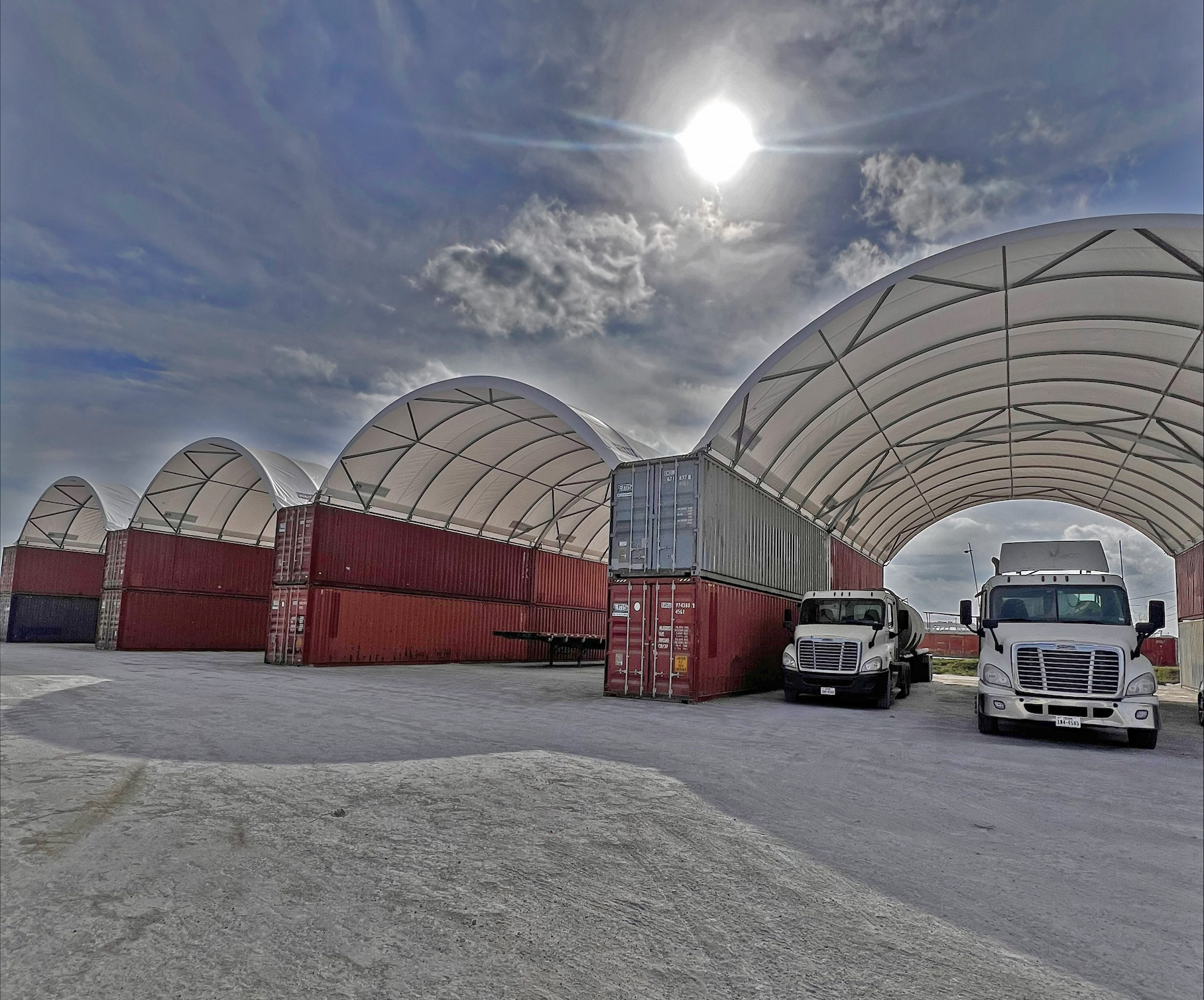People are finding new uses for shipping containers. Whether it be for residential constructions or mobile working spaces, these steel boxes have proven how versatile they are.
One of the more creative uses for shipping containers is as a gardening space. The idea is a hit especially among urban dwellers who would like to exercise their green thumb a bit more liberally. And there are people who already grow organic produce commercially from modified shipping containers.
If you have a green thumb yourself and would like to have your own container garden, here are a few tips that should help nudge you along in creating one.

Pick a Container
You need to determine what you want to grow in your garden and its specific needs. After that, you can do a little research to find what kinds of equipment your shipping container garden will need. That will determine the size and even features of the container you will need.
Container units usually come in either 20 or 40 feet lengths. Apart from the actual space that you need, you will also have to factor in the location of your container garden. You also need to get a sufficiently sized lot to make sure the container unit will fit.
While you’re at it, also check the local zoning regulations for your intended garden spot. Even if you’re going to put it in your own backyard, for example, your community may have an issue with having such a structure around. Some locations happen to have very strict regulations on this matter, especially when it comes to the transportation of the container into the community, and how it will affect the overall aesthetic of the neighborhood.
Container Layout
Since you want your garden to be self-sufficient, you need to make sure that it will have all the equipment it needs. Lights, fans, CO2 supply, electricity, and of course water, are all going to have to be properly planned. Especially because it will need refrigeration, you need to make sure that the container is insulated and has enough space.
Insulating your shipping container garden will help prevent the possibility of condensation leading to mold growth. Experts advise using vapor barriers, which should then be framed with metal studs and insulated with fiberglass. Covering the walls from floor to ceiling with bathroom sheetrock caps off the insulation work. Others, meanwhile, use spray foams on the walls and ceilings, and also add walls to put some distance between the actual wall of the container and that of the garden. Dehumidifiers should also help.
Interior Management
Controlling the setup of the shipping container garden is going to be crucial for the growth of the plants. Sunless vertical farming, for example, is a technique that is ideal for application in shipping containers. For this, you will need to arrange your plants in stacks to maximize space and invest in a set of LED lights.
The use of these lights are meant to help facilitate effective growth in the plants, making your garden lush and plush. Coupled with the right temperature and humidity controls, and you could have in your hands one bountiful organic garden.
If you want to use natural sunlight, modify your shipping container garden to accommodate a sunroof. There are also units that have removable tops which may make it easier to incorporate a sun roof.
Before you can get started on exercising your green thumb, look around first for the most ideal shipping container for your project. Look to reliable suppliers such as Equipment Management Services for options and consultations on which kind of container would suit your needs best.
Sources
How to Start a Container Garden in any Amount of Space, popularmechanics.com
Kimbal Musk—Elon’s Brother—Just Opened a Shipping Container Farm Compound in New York City, businessinsider.com









